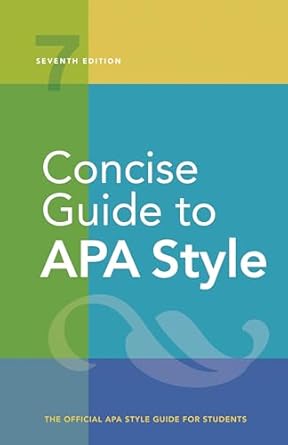[toc]
biasfree writing precision and respect in language
Concise Guide to APA Style: 7th Edition (OFFICIAL)
Page 80 Review
Bias-Free Language: A Commentary on Precision and Respect
This excerpt from a set of guidelines emphasizes the importance of using bias-free language in scholarly writing.
It highlights the need for precision, respect, and relevance when describing individuals and their characteristics.
Let’s delve deeper into the key aspects of these guidelines.
The Foundation: Precision and Respect
The guidelines commence with a call for precision: “Precision is essential in scholarly writing; when you refer to a person or persons, choose words that are accurate, clear, and free from bias or prejudicial connotations.” This underscores that biased language isn’t merely offensive; it’s inaccurate.
Using a term like “man” to refer to all humans, as the excerpt illustrates, lacks the precision required for academic rigor.
Alternatives like “individuals,” “people,” or “persons” offer a more inclusive and accurate representation.
Relevance is Key: Focus on What Matters
The excerpt then emphasizes the importance of focusing on relevant characteristics: “Be mindful to describe only relevant characteristics.
Although it is possible to describe a person’s age, disability, gender identity, participation in research, racial and ethnic identity, sexual orientation, socioeconomic status, or other characteristic without bias, it is not always necessary to include all of this information in your report.” This guidance cautions against unnecessary detailing of personal attributes, highlighting that such information should only be included when it directly relates to the study’s focus.
The text goes on to explain with examples: “For example, you would be unlikely to mention participants’ sexual orientation in a study of cognition because sexual orientation is not relevant to cognition; however, you would likely mention participants’ gender in a study of stereotype threat because gender is relevant to the examination of stereotype threat.” These illustrative cases clarify that the inclusion of demographic information should be driven by its pertinence to the research question, not by an impulse to provide a comprehensive portrait of the participants.
Acknowledging Differences: Recognizing Diversity
The final sentence included stresses the importances of acknowledging relevant differences: “Part of writing without bias is not only recognizing that differences should be” This is where the provided excerpt ends.
It is important to note that language is constantly evolving and that appropriate terminology may change over time.
When in doubt, consult with self-advocacy groups or, if possible, directly ask participants how they prefer to be described.
By doing so, you not only demonstrate respect but also ensure that your writing accurately reflects the identities and experiences of the individuals you are writing about.
The Nuances of Applying Guidelines
The guide acknowledges that attempts to comply with the guidelines could lead to awkward or cumbersome wording. “Some attempts to follow the guidelines in this chapter may result in wordiness or clumsy prose.
As always, good judgment is required— these are not rigid rules.” It reinforces that these guidelines are not intended to be rigid rules but rather a framework for thoughtful and respectful communication.
Ultimately, the guiding principle is that the writing should reflect respect for participants and readers, ensuring accuracy and unbiased communication.
Conclusion
This excerpt provides a crucial foundation for crafting content that is not only academically sound but also socially responsible.
By embracing precision, focusing on relevance, and respecting individual preferences, writers can contribute to a more inclusive and accurate representation of the world around us.
Buy full ebook for only $18: https://www.lulu.com/shop/american-psychological-association/concise-guide-to-apa-style-7th-edition-official/ebook/product-rmzpq54.html?page=1&pageSize=4

